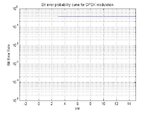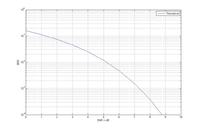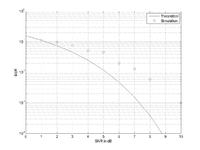milind.a.kulkarni
Advanced Member level 3
check for this
bpskmod=b1.*w; % Modulated waveform
I think you need loop there also check w too
I think you need loop there too....
Good Luck
bpskmod=b1.*w; % Modulated waveform
I think you need loop there also check w too
I think you need loop there too....
Good Luck



